On February 7, 1997 – mere months before Epcot’s thrill ride was due to debut – it became official. Disney Imagineers were on-hand at the Chicago Auto Show where GM announced details of its ambitious new ride: TEST TRACK. In an official press release that day, Disney and GM called their new ride, “a behind the scenes look at the thrill of automotive safety.”
Image: Disney
"It's not often that consumers get a behind-the-scenes look at how our vehicles are developed and how much effort goes into vehicle testing," said Philip Guarascio, vice president and general manager of marketing and advertising for GM's North American Operations. "In addition to its high entertainment value, Test Track will provide our guests with a better understanding of GM's commitment to safety, quality and advanced technology."
"The work done by GM research engineers has set new standards for the industry and contributed to the substantial reductions in the number of automotive crash fatalities and serious injuries. Test Track is an extension of that safety effort."
Image: General Motors
But Guarascio was quick to head-off any insinuation that GM’s reinvestment in Disney was untimely given the company’s financial meltdown a few years earlier. He insisted that GM would track visitor traffic, collect surveys, and monitor test drives, referrals and vehicle purchases to evaluate whether or not the multi-year investment would deliver.
"We didn't do it because it feels good," Guarascio said. "We did it because it makes good business sense."
The Perfect Car
Like World of Motion, Test Track would be a dark ride. But the similarities would end there. First, walls separating the show scenes from World of Motion would fall, turning the pavilion's second story into one massive, cavernous industrial warehouse full of "safety tests." To endure them, Test Track would ascend and descend sharply, accelerate and brake, rumble over rough terrain, tackle banked turns, and slow for show scenes throughout the ride’s interior before revving to 65 miles per hour for a speed test finale. That required a new, versatile ride system.
At its core, the vehicles used on Test Track would have a lot in common with the pioneering, groundbreaking vehicles used just a few years earlier on Disneyland’s 1995 Modern Marvel: Indiana Jones Adventure.
Image: Disney
Imagine the slot car tracks you might’ve had as a child, where small model cars are affixed to a track using a pin inside of a guide groove. In these pint-sized slot cars, battery power charges the track, energizing a small motor inside the car through electrical pickups.
On a human-sized scale, these vehicles would ride along a track with a bus-bar fed down a central slot to guide tires and power supplied beneath. Each of Disney’s vehicles would include three on-board computers to track the ride’s progress and speed, activate show scenes and lightning, and control on-board audio and video cues.
While Indiana Jones Adventure would then place a hydraulic motion base atop the powered, slot-guided chassis to simulate rough terrain, Test Track’s thrill would come from speed. That would take a little restructuring. And that’s where the problems began to mount.
System Error
Image: Disney
While Disney’s Imagineers were developing the new Test Track technology, they were concurrently working on a project for Disneyland that would use the same basic principles. There, Tomorrowland’s Lost Legend: The Peoplemover had closed in 1995 in anticipation of a sweeping Possibilityland: New Tomorrowland 2055. This incredible new vision of the future would’ve transformed California’s Tomorrowland into an intergalactic alien port of landed ships, alien speakeasies, interstellar languages, and a headlining new thrill: Disney's scariest attraction ever, the Lost Legend: Alien Encounter.
However, the disastrous debut of Disneyland Paris canned any large-scale projects across the parks division, including any hope of a Tomorrowland 2055. Instead, Disney would borrow from the in-production Test Track technology as a hasty and “easy” replacement for the Peoplemover, giving the despised New Tomorrowland 1998 that resulted a single headlining attraction…
Image: Disney
If they had worked, the Rocket Rods would’ve allowed guests to blast along the second story of Tomorrowland, weaving in and out of showbuildings before entering a wild finale of twisting and turning over Tomorrowland’s Submarine Lagoon. The Rocket Rods would’ve taken about 3 minutes to complete the same circuit that had taken the Peoplemover sixteen. Of course, they didn’t work. You can read all about why Disney’s most disastrous ride ever literally didn’t work in its own in-depth Disaster File: Rocket Rods and Tomorrowland 1998.
The failure of Rocket Rods was like watching dominoes fall. Disney's budget hadn’t allowed the old Peoplemover's track to be banked on the turns, requiring the Rocket Rods to constantly start-and-stop, slowing to a crawl at each twist in the track.
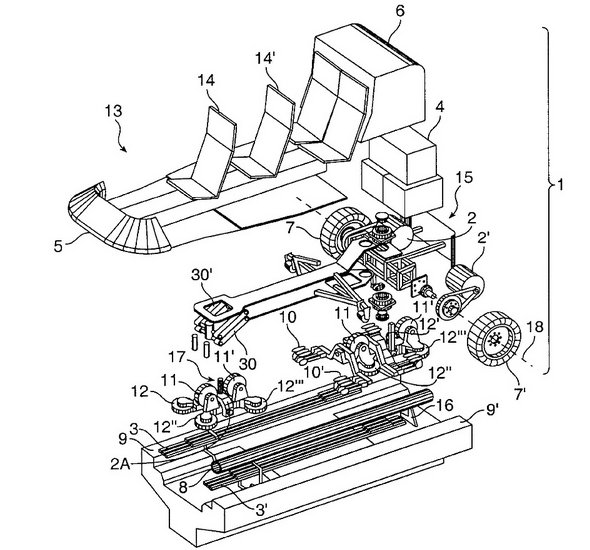
Image: Disney
As a result, the software developed to control the attraction was fried. It was simply beyond the software’s capability to continuously monitor the distance between vehicles and their respective speeds, starting and stopping and slowing and accelerating so unevenly. The Rocket Rods were doomed. As for Test Track...
Test Track’s announced May 1997 opening came and went, and the temperamental prototype ride system was not working in Florida, either. Like its sister in California, Test Track was turning out to be a disaster. But while Disney could quietly shutter the Rocket Rods and leave well enough alone, Test Track would be dedcidedly more difficult to brush under the rug. Allegedly, Disney scrapped the software developed by an outside manufacturer entirely and took over themselves, building and installing new software to monitor and run the ride.
At an estimated cost of $100 million – one of the most expensive rides ever developed – Test Track opened on March 17, 1999… almost two years after its scheduled debut.
Was the ride inside worth it? We’ll strap in and go for a ride on the next page.
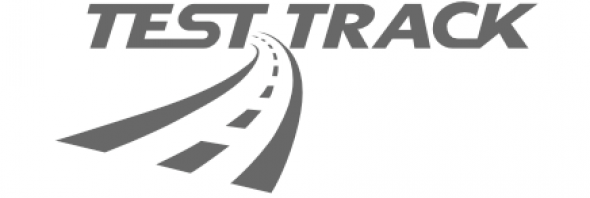
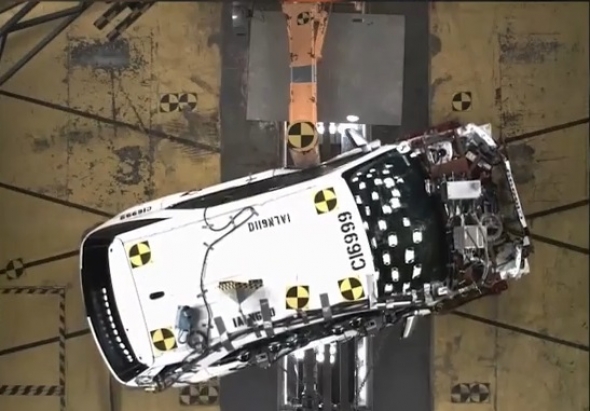
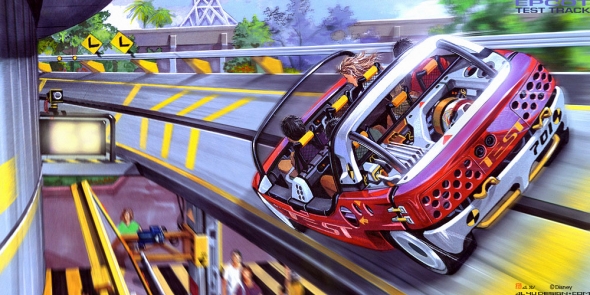
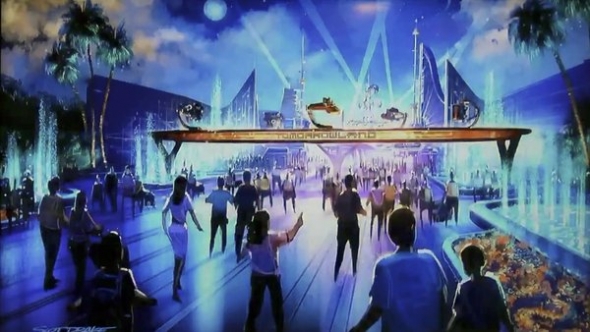
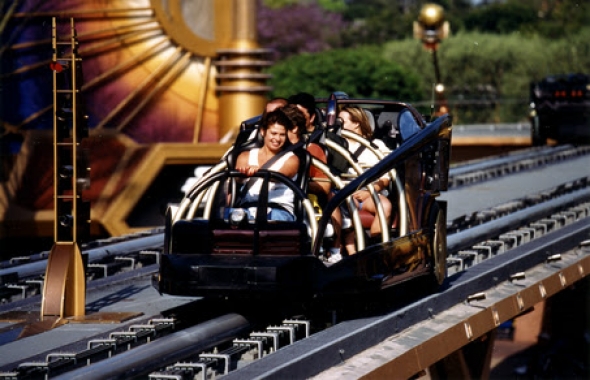

Comments
Candidly, I am shocked that anybody would find the new test track to be anywhere nearly as good as the original - let alone better
The new one is commercial and boring; the old one actually showed you more about the insides of an automaker and the track was, in my opinion 10 times better.
Have to agree. Last time I went to Disney (2014) I was baffled when I rode the test track. I felt like the old one was way more action-packed! The photos right as the acceleration hit were process.
That was an excellent article - my compliments! I only have the faintest memories of the original World of Motion, but that article dredged back memories I had long forgotten. I love reading about the history and background of these rides - EPCOT especially!
I think both versions of TT were/are pretty great. When you're discussing current/future technology, an occasional rehabilitation and update will be necessary (you can't talk about the future using a 20-year old history textbook, after all!) I think the current update is pretty secure, as they brought the ride towards a more "sci-fi" setting which ages much better. I hope they'll leave TRON out of Future World entirely, unless they can find some way to blend the fiction with a little bit of education (a la Nemo and Living Seas). TRON may be a good replacement for an Innovations wing, perhaps?